UPAA Blog 2023-24 #15 3/21/24 (text and photos by Matt Cashore)
So, uh…yeah…I’m old.
How old?
Old enough that I saw the Star Wars Holiday Special when it aired.
Old enough that I remember Nikon Series E lenses.
What are Series E lenses? (Don’t ask about the Star Wars Holiday Special…) They were a budget-priced line of Nikon lenses that felt a little less premium, but were a lot less pricey. As I recall the optical quality-particularly the primes-was on par with the more expensive versions.
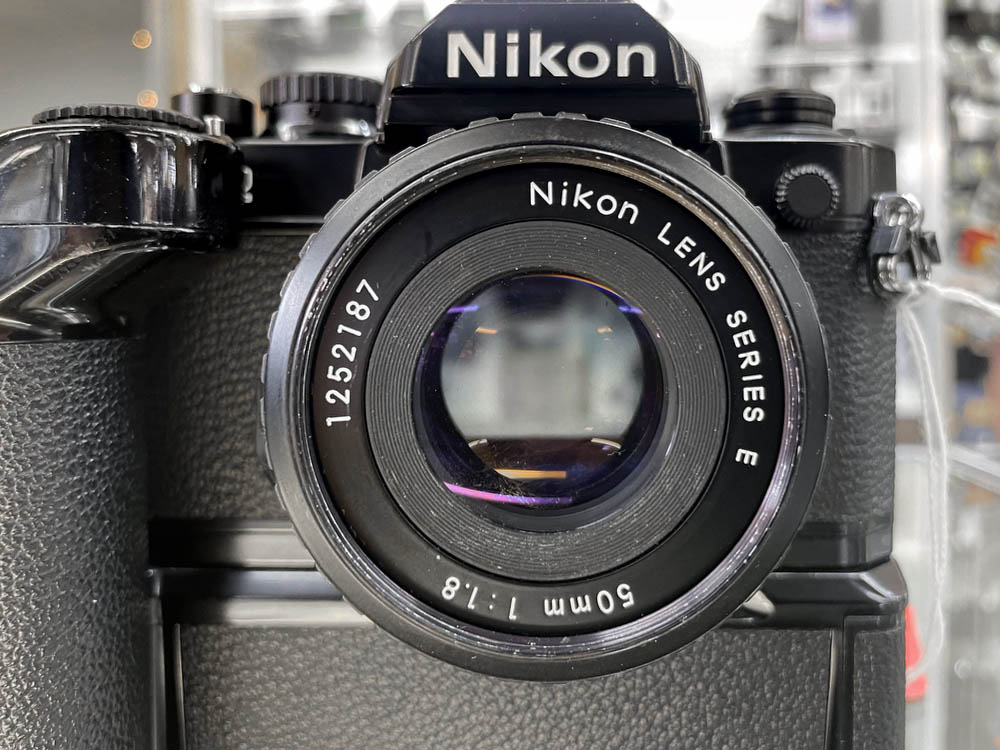
40-ish years later, there’s a new Series E line…sort of.
The Nikon Z 17-28, 28-75 and 70-180 f2.8 lenses don’t have a unique designation like “Plena” or “Noct” or "Series...whatever" but they’re the slightly less premium, a lot less pricey and mostly just-as-good versions of the S-Line “trinity” of zoom lenses. Although neither company officially acknowledges it, it’s quite obvious that the Nikon budget zooms are re-skinned Tamron lenses. So I informally and without permission refer to them as “NikRon” lenses.
Thanks to some promotional sales, I ended up buying all three NikRons, and I’ve been using them long enough to have a pretty good sense of how they compare to their pricier counterparts.
In general they’re all half the price or less than their S-Line equivalents and…around…half the weight. The full S-Line trinity lenses will weigh in at 6.2 pounds while the NikRon trinity totals about 4 pounds. 2.2 pounds doesn’t sound like something you’d really notice, but…you definitely do, especially when you have to wear your office, as I frequently do when I travel for work.
As luck would have it, I had a work trip to Rome a couple months ago and I took the NikRon Trinity. In general, I was happy with that decision, but here’s a lens-by-lens review of how they did:
17-28 f2.8
Nowadays, ultrawide zooms start at 15mm or wider. Is 17 too tight on the wide end? For the most part, no, but once or twice in certain situations I did wish I could get juuuust a smidge wider. What I didn’t wish for was any more sharpness. This lens is a champ edge-to-edge. In terms of pure sharpness, it’s the best of the three in my opinion. Throw in the fact that it’s lightweight and compact and this one is a winner for sure.
28-75 f2.8
Another slightly odd zoom range, being a little tighter than the typical 24-70mm mid-range zoom, but when using this lens I never found that to be a problem. When I needed to have a small footprint in certain places, this was my go-to lens.
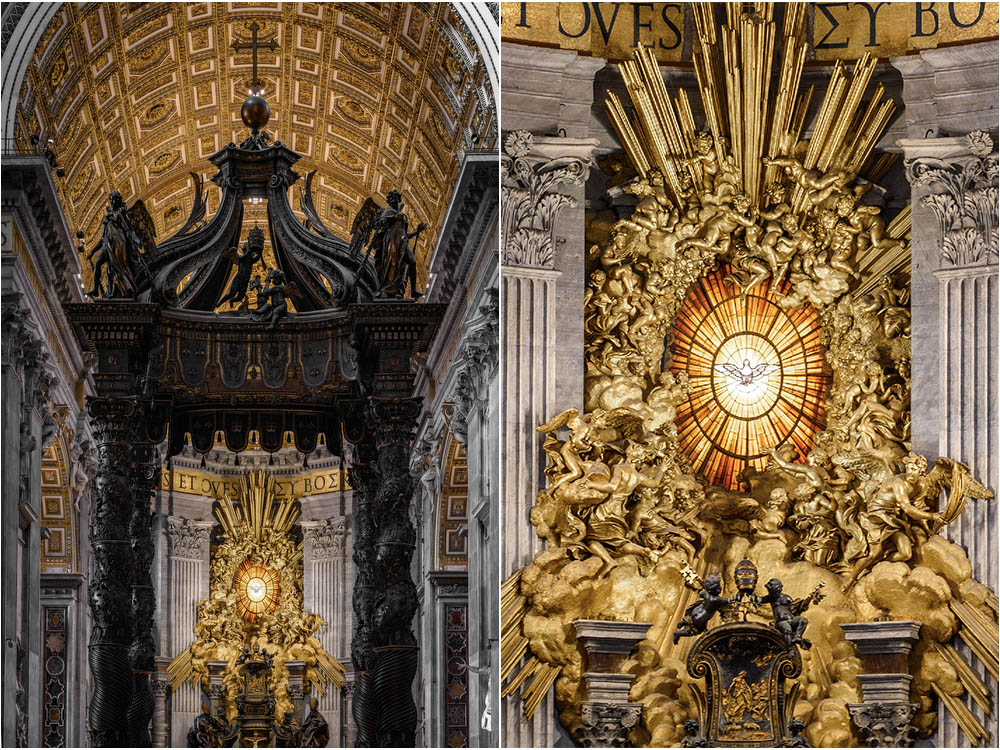
How’d it perform? Good. At times very good…but at times not outstanding. At f5.6 or so it was tack sharp but f2.8 was inconsistently sharp. Not horribly so, but when pixel-peeping it sometimes wasn’t as crispy as I wanted. Was that the lens? My Z8? User error? A combo of all three factors? Who knows, but sometimes f2.8 was great and sometimes it wasn’t so great.
70-180 f2.8
I was excited for this one! If you pay attention to the UPAA Facebook group, you’re almost certainly aware that I’m not a fan of the design of the Nikon 70-200 f2.8Z. The focus & zoom rings on the 70-180 are still, technically speaking, in the wrong place, but the focus ring is so tiny and the zoom ring is so big that I don’t notice it like I do with the 70-200. So this lens is a pleasure to use for that reason alone. I’d prefer that it was an internal zoom, but for half the price and weight and much, much, much less annoying ergonomics…I’ll let that go.
At the moment, Nikon doesn’t have a 70-200 f4 in their mirrorless line like Canon and Sony do, so this lens sorta fills that role of being a lighter and cheaper telephoto zoom, with the bonus of an extra stop of shutter speed.

I didn’t use it much on the Rome trip but I have used it enough around campus and in sports situations to have some thoughts there. The extra 20mm you lose is almost entirely unnoticeable. However, the slight loss of focus speed and accuracy is noticeable. With the 70-200, you can be confident of a tack sharp action photo 95% of the time. With the 70-180, it’s more like…88% of the time. Most of the time 88% is good enough but in those situations where it really matters and I won’t have a second chance, I’ll use the 70-200.
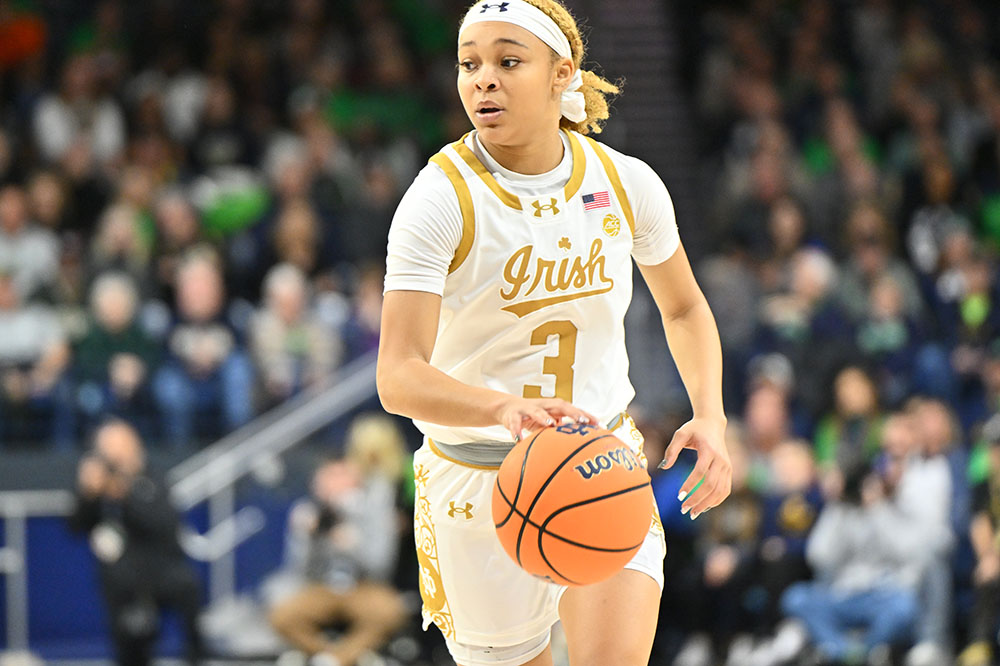
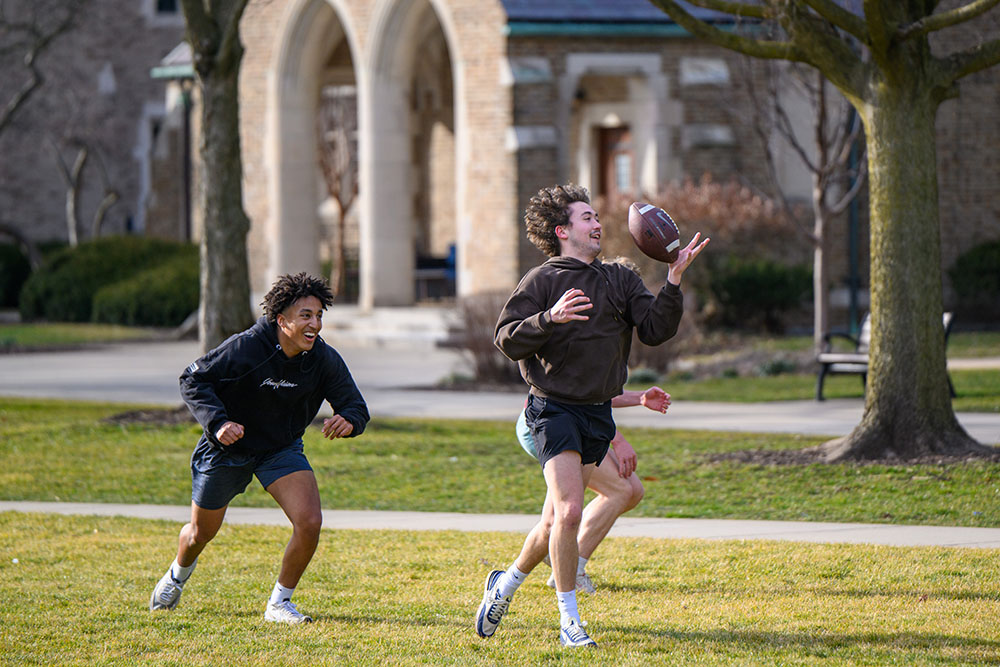
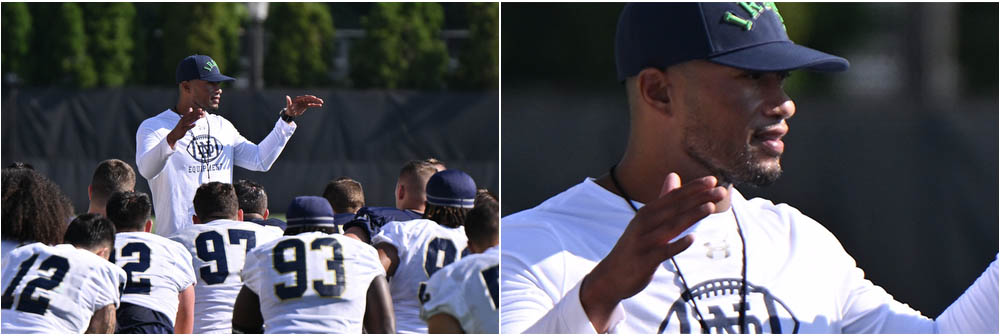
In summary, I would not hesitate to recommend these lenses for someone looking for a budget kit. Canon and Sony have excellent options for budget-friendly zoom lenses but you'll be shooting at f4 or smaller. (Yes, I know I'm leaving out Fuji & M4/3.) Pretty cool that Nikon has a budget option that gives you f2.8. Our student kit is a Z5 with a 24-120 f4 zoom, and when I get the budget green light, the 70-180 f2.8 is the next lens I’ll add, with the 17-28 after that.
SIDEBAR: Super-cheap super-zoom
While it’s not part of the trinity, and seemingly not a re-skinned Tamron lens, the Nikon Z 180-600 f5.6-6.3 zoom picks up right were the 70-180 leaves off. And just like the NikRon trinity, it’s lightweight, astonishingly inexpensive, and well-made. And it’s an internal zoom! For under $2000!!
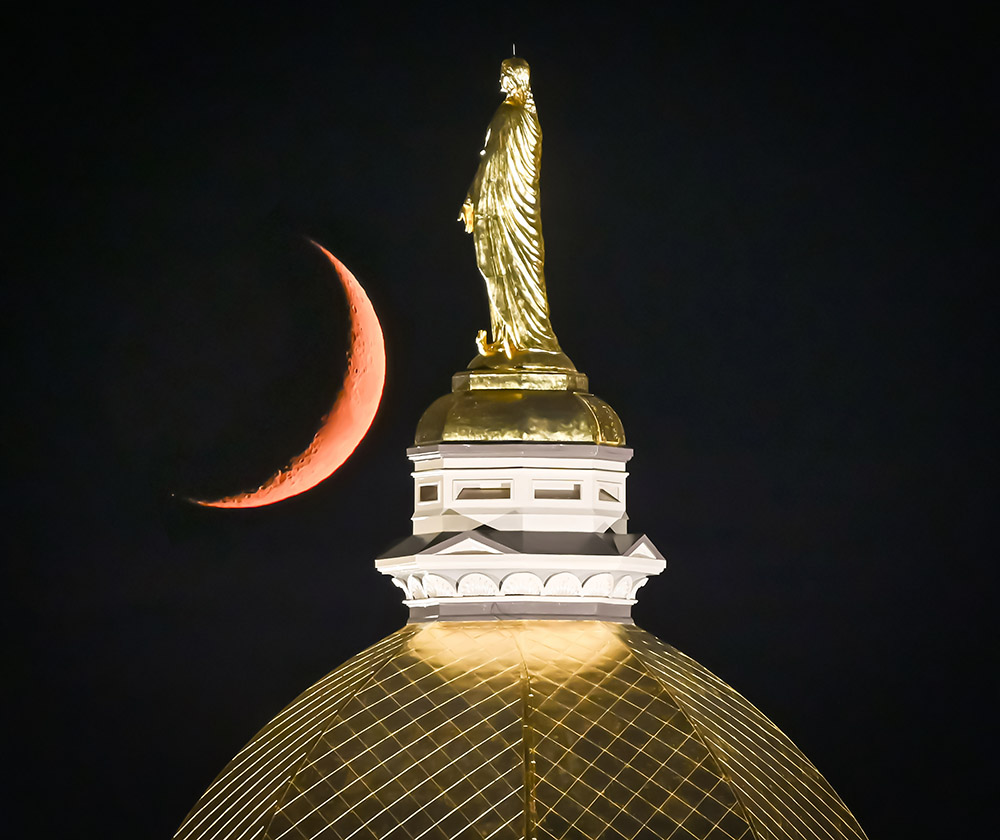
How does it perform? Really well. F6.3 would have made this lens unsuable for indoor or night sports, but with the high ISO abilities of the latest cameras, that’s not as much of a concern as it would have been only 5 or so years ago. If you have a smidge better-than-average lighting at your sports venues…yeah…you’ll be fine with this lens.
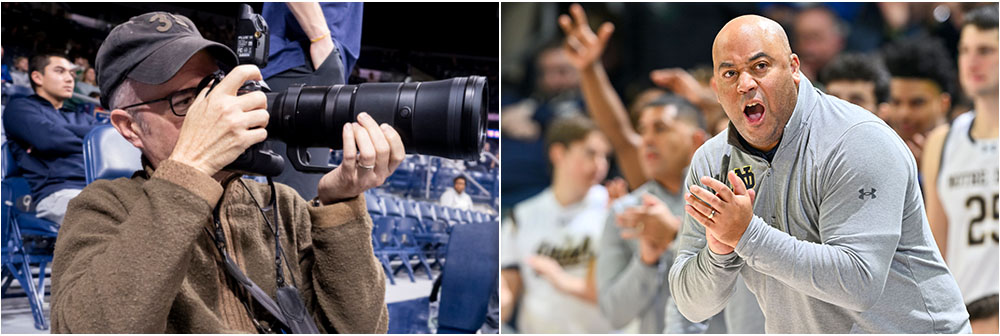

It’s a great option for sports like soccer or lacrosse where the action can go from far away to right in front of you in an instant. Focus speed and accuracy are only slightly less than the massively bigger and pricier options. No real issues there. But be aware of your backgrounds…there is a noticeable difference in subject-background separation at f6.3 vs f2.8.

"Why is gravity so cheap? It's mass-produced!" Thanks for reading the blog! We're trying something new...there's a slightly different version of this article on UPAA's Exposure page. Check it out and let us know what you think.